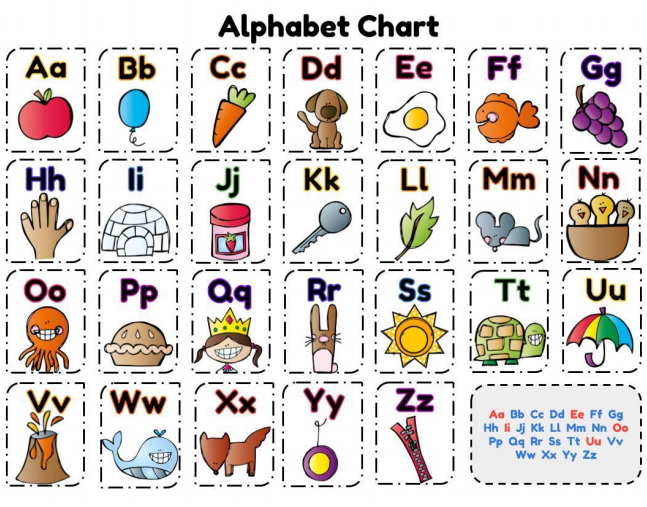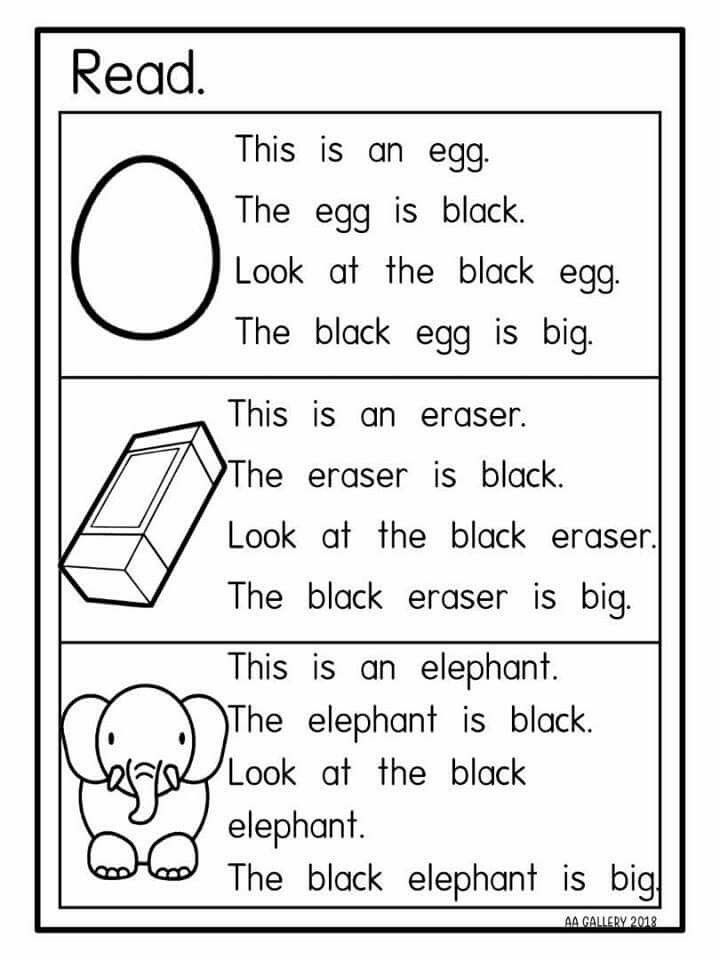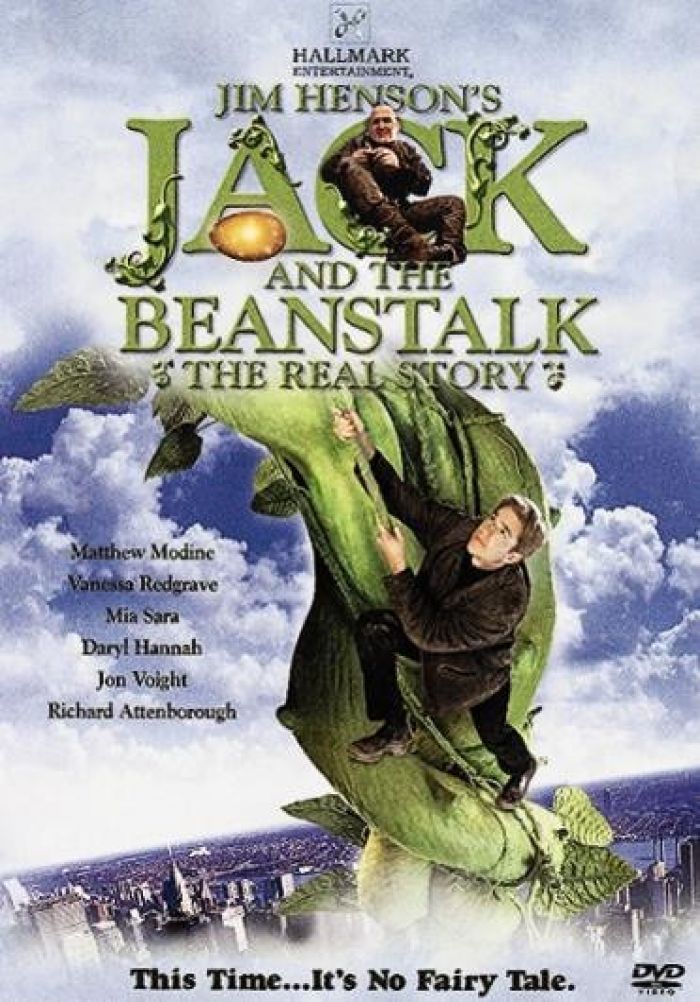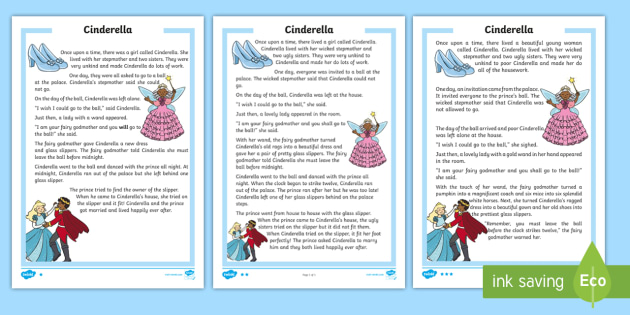Recognize numbers game
13 Hands-On Number Recognition Games Preschoolers will Love
- Share
Are you teaching your children to identify numbers? Here are some fun and interactive number recognition games for preschoolers and kindergarteners that you can play at home or in the classroom too.
If you’re wondering how to teach number recognition, the answer in early childhood is always through play.
Play is the natural way in which children learn. During play, children practice their skills and make sense of new knowledge and experiences. They develop early maths skills through play.
Remember that there are many aspects to learning about numbers. There is learning to count, which you can teach with number games and counting songs, and then there’s one-to-one correspondence, which is when a child reliably counts one object at a time.
Number recognition is about the physical appearance and shape of a number, as well as what value it represents.
These number recognition activities for preschoolers are a great place to start teaching the numbers from 1 to 10, but once you get going you’ll quickly notice opportunities all around you.
1. Parking CarsThis numbers game can be adapted to suit your children’s age, stage and interests.
Write numbers onto some toy cars and create a parking garage with numbered spaces. Your children can then match the number on the car with the number in the space and park the car correctly.
If they need more of a challenge replace the numerals with dots or words so that your kids can begin to recognise numbers being represented pictorially.
If they are not particularly interested in cars you could do a similar game with animals, dolls, or whatever it is that they enjoy playing with.
2. Car WashPut numbers on toy cars, or for a large-scale activity; bikes and scooters. Create a car wash for them with clothes, brushes, water and bubbles.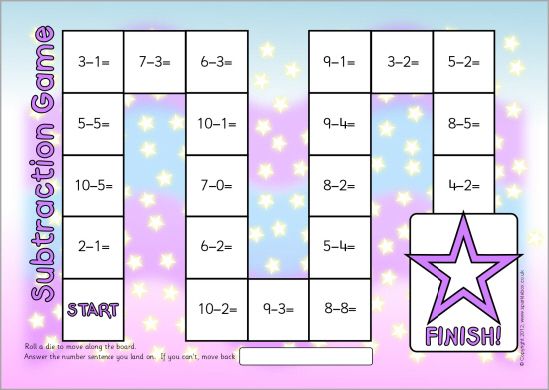
Your children are then in charge of ensuring that the cars, bikes, or scooters come to the car wash and get cleaned in the correct order. As well as recognising numerals, this activity gives kids the chance to begin learning about number order.
3. Hook a DuckThis fairground classic is great for numeral recognition. How you set this up is your choice.
If you have lots of ducks and something to hook them with then perhaps you could create a replica of the fairground game, otherwise feel free to improvise with what you have at hand.
A net or bowl to scoop objects out of the bath could work well – the important thing is for your children to be having fun and looking at numbers. You could allocate prizes to certain numbers if you want to.
4. Sidewalk ChalkSidewalk chalk is brilliant for larger-scale mark-making and games that get children using their gross motor skills.
Use sidewalk chalk to write out large numerals, then give kids a paintbrush and a pot of water and have them paint over the numerals with water to erase them.
Not only does this help them to recognise numerals but also helps with the beginnings of formation.
5. Beads onto Pipe CleanersCreate a chart using beads and pipe cleaners. Attach 10 pipe cleaners to a piece of card and write numbers 1-10, one number above each pipe cleaner.
Provide children with a pot of beads and help them to count out the correct number on each pipe cleaner.
This activity gives them the opportunity to practise numeral recognition, counting and assigning the correct value to each numeral. It’s also brilliant for their fine motor skills.
6. Bean Bag TossLabel some buckets or baskets with numbers and provide your children with beanbags. Have them step back from the buckets and take aim and throw the bean bags in.
You can do quite a lot with this activity depending on your children’s age and ability, but on the most basic level, it encourages number recognition along with introducing the concept of more and less.
If your children are ready then you can model addition and play to win.
7. Putting Counters in PotsLabel pots with numerals and provide counters, craft beads, pom poms or really whatever you have at hand and encourage children to fill each pot with the correct number of items.
Again, this activity targets a variety of different skills as children recognise numerals, apply their understanding of value, and count out the correct number of items. This is another good one for fine motor skills.
8. Create an Outdoor Number LineChildren love to learn outdoors and on a large scale. Many teachers love using small number lines in the classroom to introduce the ideas of one more and one less but you can do the same outside.
Perhaps use chalk to draw out your number line and encourage children to locate different numerals – “Stand on number 8,” “Hop to number 4” and so on.
If appropriate you could discuss one more and one less.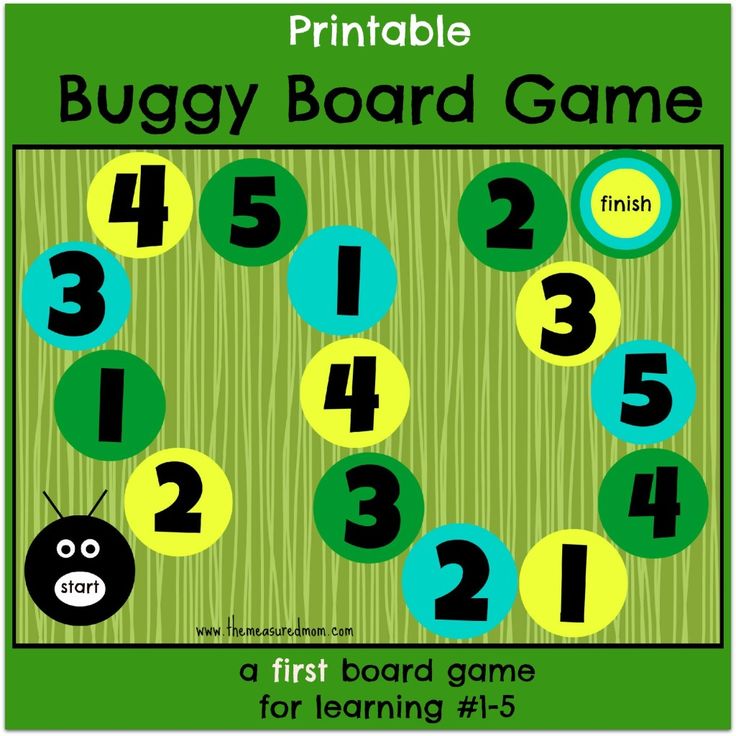 You could also use the number line to encourage counting by inviting your children to find 1 item to place next to the number 1, 2 items to place next to the number 2 and so on.
You could also use the number line to encourage counting by inviting your children to find 1 item to place next to the number 1, 2 items to place next to the number 2 and so on.
If your children like to be creative and artistic then this could work for them. Use nature to create the shapes of numbers.
This might mean drawing in the mud or sand, arranging leaves or stones or even noticing natural shapes in the environment. You could do this in your backyard or take a special walk.
Even better if you can take photos of your creations for your kids to look back on. This allows them to begin thinking about how numerals are formed in a fun and creative way.
10. HopscotchHopscotch is a real playground classic and it brings together a whole host of skills including gross motor skills.
Draw out a hopscotch grid and teach your children how to play, throwing a stone or stick to find out where they need to hop to, and then hopping and jumping to the end.
As well as reinforcing the recognition of numerals this also introduces the idea of higher and lower and allows kids to have fun while working with numbers.
Hopscotch is my favourite number activity for preschool kids.
11. Potion RecipesIf you like messy, creative play then this one’s for you.
Create a couple of ‘recipe cards’ using measurements expressed as numerals, for example – 2 cups of water and 3 pinecones, and have your children follow the recipe card, combining everything together in a big cauldron-like tub.
This taps into children’s imaginations and introduces the concept of measurement as well as numbers. Once they are finished following the recipes you have provided perhaps they will be ready to create their own recipes, which you can scribe for them.
12. Number SplatAll you need is a nice big roll of paper with numbers on it and a fly swat dipped in paint. You call out the numbers and children must swat them, thereby covering them in paint.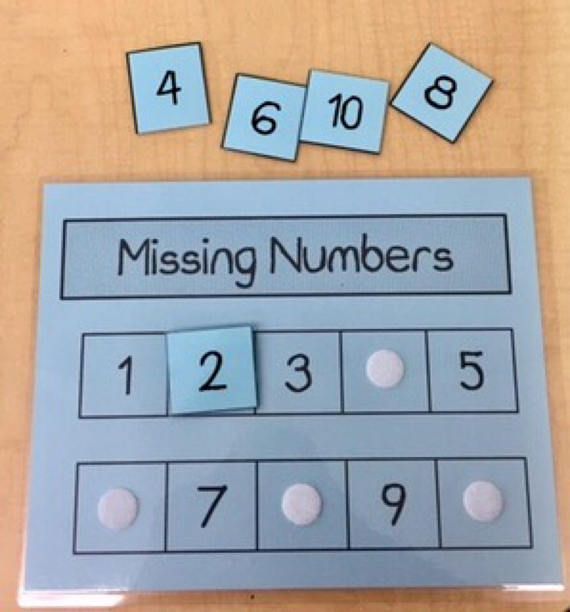 This is a really fun preschool number activity.
This is a really fun preschool number activity.
You can play just as easily without the paint, simply swatting at the numerals, but it’s far less fun than making a mess.
This activity is extremely physical helping to really embed the learning, and as children try to speed up, their ability to recognise numerals will improve too so that they’ll soon be able to recognise them at a glance.
13. BingoBingo is a great maths game for building up number awareness and can be enjoyed as a family. To start off with you can simply use numerals up to ten but as your children’s knowledge expands so can your game.
You can use what you have on hand – a bowl and folded-up pieces of paper, with highlighters – or you can go ahead and buy bingo pads and dabbers and bingo balls to add to the overall experience.
Here you will be building number recognition and as your kids aim to increase their speed, they will get quicker and quicker at recognising numbers and linking them to the number names being called out.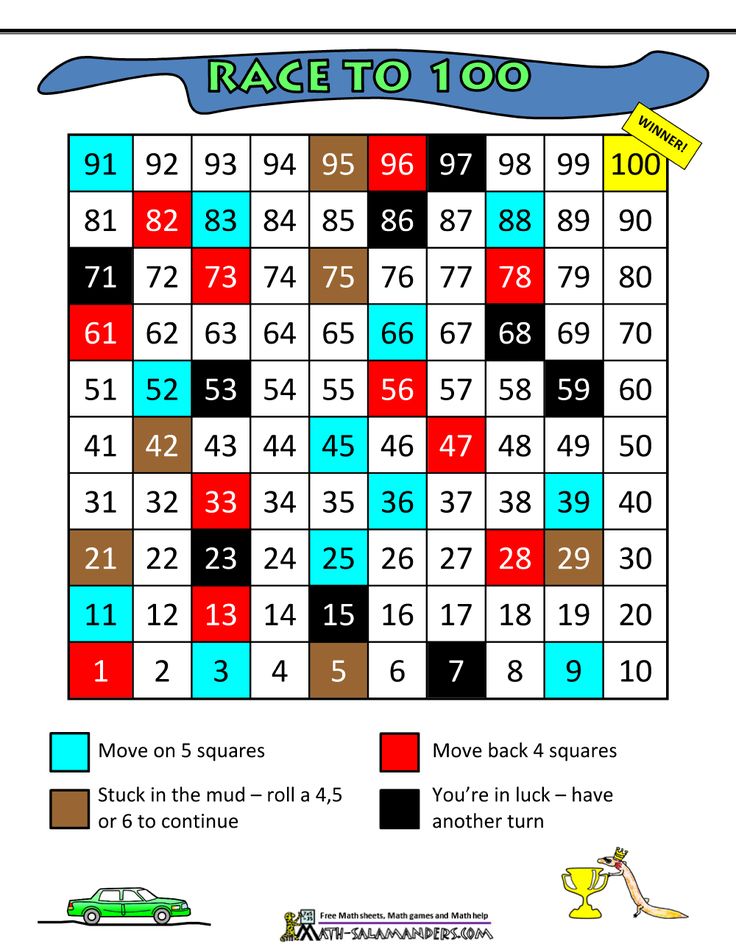
I hope you’ve enjoyed these number identification games for preschoolers. Here are some more fun math activities for preschoolers to build early mathematical skills.
Get FREE access to Printable Puzzles, Stories, Activity Packs and more!
Join Empowered Parents + and you’ll receive a downloadable set of printable puzzles, games and short stories, as well as the Learning Through Play Activity Pack which includes an entire year of activities for 3 to 6-year-olds.
Access is free forever.
Signing up for a free Grow account is fast and easy and will allow you to bookmark articles to read later, on this website as well as many websites worldwide that use Grow.
- Share
10 Number Recognition Games
Number recognition is a key skill to learn during the early years, and there are many ways in which you can encourage this in your early years setting. We’ve already explored activities to support the development of numeracy skills in general; in this article we’ll concentrate specifically on helping children to learn their numbers.
We’ve already explored activities to support the development of numeracy skills in general; in this article we’ll concentrate specifically on helping children to learn their numbers.
When planning number recognition activities, there are a few points to keep in mind:
- Make sure you have plenty of relevant resources available (e.g. number beads, blocks, stickers, cutters, stamps etc.), as well as visual cues (e.g. posters on the walls).
- As well as using numerals it’s also helpful to look at other representations of numbers with the children, including words and tallies.
- Try to make number activities fun in order to nurture a positive approach to maths.
1. Number bubble game
Draw lots of chalk circles on the ground outside, with a number inside each (1 to 5 or 1 to 10, depending on how much space you have), distributing them evenly so that you end up with several 1s in circles, several 2s in circles, and so on (make sure you have enough for each child playing the game).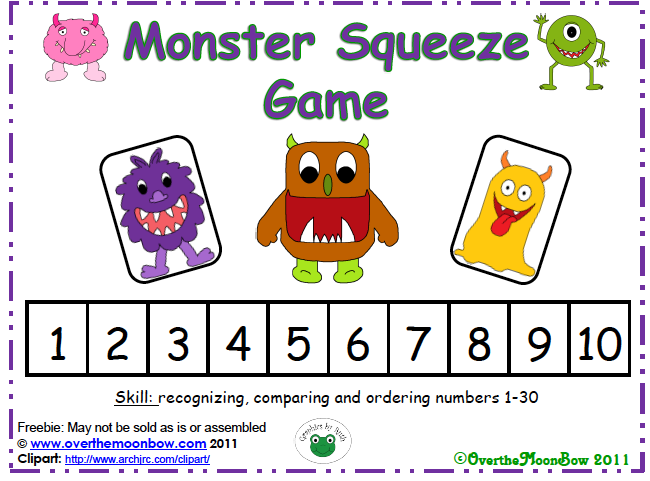 Call out a number and each child has to find a circle (bubble) with that number and stand in it. Make it more fun by blowing bubbles over the children in between each round.
Call out a number and each child has to find a circle (bubble) with that number and stand in it. Make it more fun by blowing bubbles over the children in between each round.
Take a small group of children out for a walk around the neighbourhood – or perhaps combine it with a visit to the local park – hunting for numbers along the way. There should be plenty of opportunities for number spotting, for example on front doors, gates, buses, cars, posters etc. Get the children to call them out when they see them.
A number hunt is a great way for children to practice number recognition outside your setting
3. Giant dot-to-dotMake your own giant dot-to-dot in the playground, by chalking numbers on the ground that the children have to connect in the right order to make a shape or picture. For younger children stick to simple shapes using fewer numbers; for older children you can make it a bit more difficult.
Sign Up to Receive this 20-Part Activity Email Series
4.
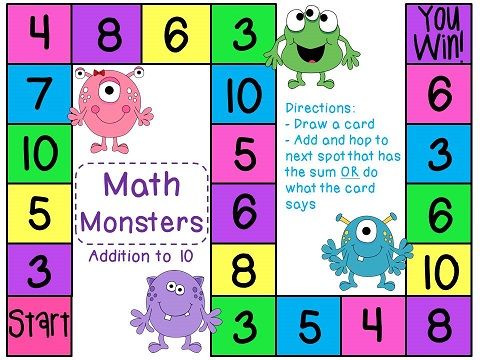 Conker count
Conker countGo to the park and collect some conkers. Back at the nursery, draw the numbers 1 to 10 on the ground in a row with chalk, using both numerals and words, and get the children to line up the right number of conkers underneath each one. (Obviously outside conker season there are plenty of other objects you could use for this activity, eg petals, leaves or items from inside.)
5. Dice tallyTake a sheet of card and make a grid of six squares, labelling them 1 to 6 using both numerals and words. Roll a die and keep a tally in the squares of how many times each number comes up. Children could do this individually, each with their own separate grids, or in pairs or small groups using the same grid but their own dice. You could turn it into more of a game by adding a competitive element.
Recognising and tallying the numbers rolled on dice is another good skill to develop
6. Musical number tiles
This is a musical variation of the bubble game.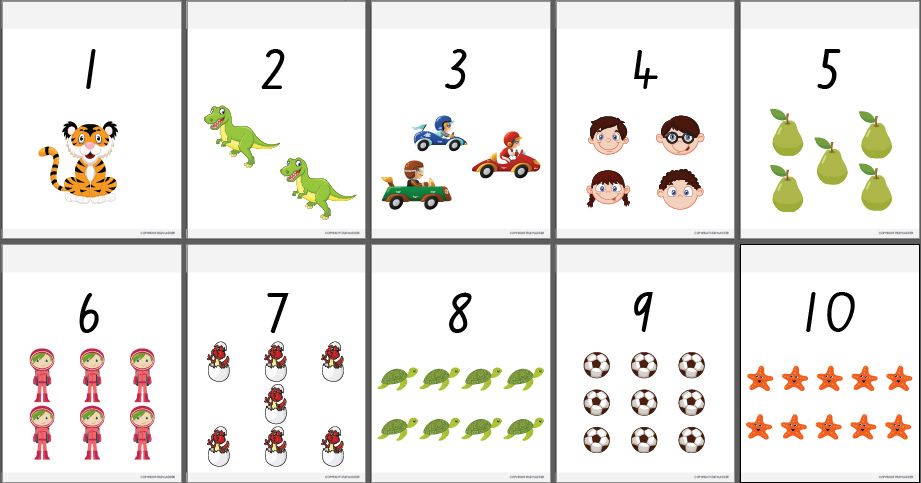 Lay out some foam number tiles on the floor, making sure you have plenty for all of the children playing (if you don’t have foam tiles, make your own using some card but tape them down so that they don’t slip). Play some music and get the children to dance around; when the music stops, call out a number and they have to jump onto a corresponding tile.
Lay out some foam number tiles on the floor, making sure you have plenty for all of the children playing (if you don’t have foam tiles, make your own using some card but tape them down so that they don’t slip). Play some music and get the children to dance around; when the music stops, call out a number and they have to jump onto a corresponding tile.
Using some number shape cutters, make some sets of number biscuits with the children and then use squeezy icing to stick the right number of decorations onto each biscuit (e.g. eight raisins on the number 8, three raspberries on the number 3 etc).
Help the children make biscuits with different numbers of decorations, counting them out as you put them on
8. Beanbag toss
Here are a couple of ideas for throwing games to help with number recognition. One is to get a set of buckets and label them 1 to 5 (or 1 to 10), then the children have to try and throw the right number of beanbags into each; another is to use a target mat and the children have to try and land the right number of beanbags in each numbered segment.
For this activity you’ll need ten paper plates, some coloured pens and some coloured beads. Write the numbers 1 to 10 on the plates, using a different colour for each number. Get the children to put the right number of beads onto each plate; this works particularly well using coloured beads that correspond with the colours used to write the numbers, as it gives the children a strong visual cue.
10. Number craftsThere are lots of ways in which you can incorporate number recognition into craft activities. One idea is to draw some outlines of ladybirds on a piece of paper, then number them and get the children to add the right number of spots to each. A couple of variations on this include drawing birds and sticking on tail feathers, or drawing monsters and sticking on googly eyes.
One option for a number craft is sticking the correct amount of spots on a ladybird
Related Itemscognitive developmentnumbersnumeracy
How to teach a child to recognize numbers from 1 to 10 | Lifestyle
Number Recognition - The ability to visually recognize numbers and then name them. For example, number recognition allows the child to understand that the symbol 2 refers to the word "two" as well as the corresponding number. To teach your toddler to recognize numbers from 1 to 10, start by sequentially describing your child's environment using numbers. You can include numbers in a sensory game or arrange games to help your child understand this important concept.
For example, number recognition allows the child to understand that the symbol 2 refers to the word "two" as well as the corresponding number. To teach your toddler to recognize numbers from 1 to 10, start by sequentially describing your child's environment using numbers. You can include numbers in a sensory game or arrange games to help your child understand this important concept.
Children's introduction to numbers
Use numbers to describe your child's groups of things. To create a foundation for number recognition, talk about your child's environment in terms of numbers. If several pencils have fallen on the floor, you can say, “Oh, I dropped 3 pencils!” Or, while reading a picture book, you can point to an illustration and say, "There are 2 planes in the sky."
Be sure to use numbers when describing situations in which your child had a hand in creating something. For example, if he drew 4 chicks, you could point to that and ask, "Are you going to draw 4 more chicks?" Start with smaller numbers, usually up to 4-6. Young children may be confused by large numbers at first.
Young children may be confused by large numbers at first.
Put numbers on houses, street signs or other places
This will help your child start to recognize different numbers. When you drive or walk around your neighborhood, pay attention to your child, for example, by house numbers or phone numbers on billboards. While at home, enter numbers on telephone keypads, remote controls, clocks, or thermometers. Be consistent in your use of numbers in everyday conversation. The more often you use numbers to describe things and indicate numbers in your child's environment, the faster he will recognize numbers.
Have the children do their homework using numbers
Children need to understand that numbers are not just for math class. They can also be used in real situations. For example, ask your child for lunch to indicate the correct number of napkins for your family. Or in an arts and crafts class, ask for enough glue sticks for each person at the table. These kinds of requests will encourage your child to view their world in terms of numbers. This helps lay the groundwork for more complex concepts.
These kinds of requests will encourage your child to view their world in terms of numbers. This helps lay the groundwork for more complex concepts.
Adding numbers to the sensory game
Buy sets of magnetic numbers and have your child match them. Let your child play freely with them first so that they start to recognize the shapes of the different numbers. Then ask him to match pairs or groups with the same number. If the child is older, see if he can put the numbers in order. Magnetic numbers can be attached to the refrigerator door or on a baking sheet.
Drawing numbers on flour
Sprinkle a thin layer of flour on a tray or baking sheet. Then have your child draw different numbers on it. If your child is just getting started with number recognition, you can write an example of each number on a piece of paper. Once the tray is filled with numbers, help your child even out the flour so he can keep drawing.
Reproduce the shape of the numbers
Write the numbers 1 through 10 on a large piece of paper.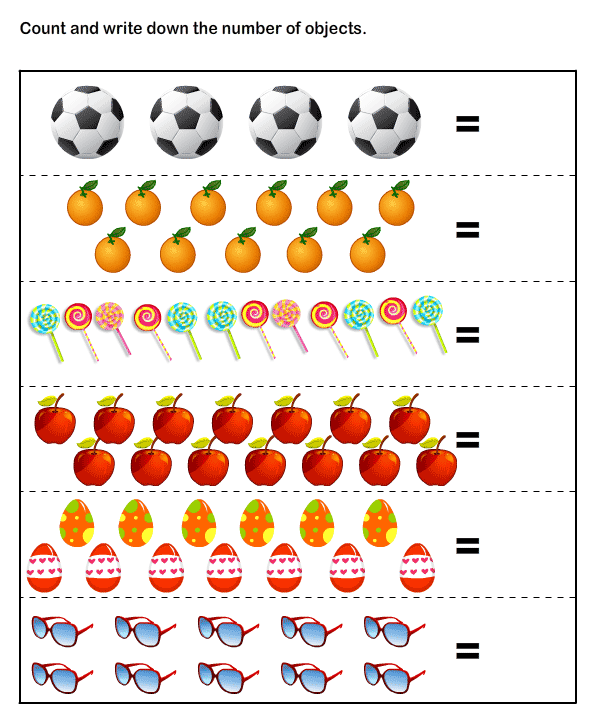 Then cut several pieces of thread of different colors and different lengths. Have your child arrange the strings so that they follow the shape of the numbers on the paper. You can even glue threads to it if you like.
Then cut several pieces of thread of different colors and different lengths. Have your child arrange the strings so that they follow the shape of the numbers on the paper. You can even glue threads to it if you like.
Button sorting
Write the numbers 1 to 10 on 10 plastic cups. Then give your child some buttons or other small items (such as shells or pebbles). Ask them to place the correct number of items in each labeled glass. Whatever items you use, make sure they are large enough so that your child cannot, for example, swallow them or stick them up their nose. This can be a great activity for several kids to play together. If one child has mastered the rules, he can help his playmates who are still learning to recognize numbers.
Use the calculator to experiment.
Ask your child to find the number that tells them how old they are. Ask them to enter numbers from 1 to 10 in the correct order. The calculator can be used anywhere. Keep it in your pocket or bag so you can take it out while waiting in line.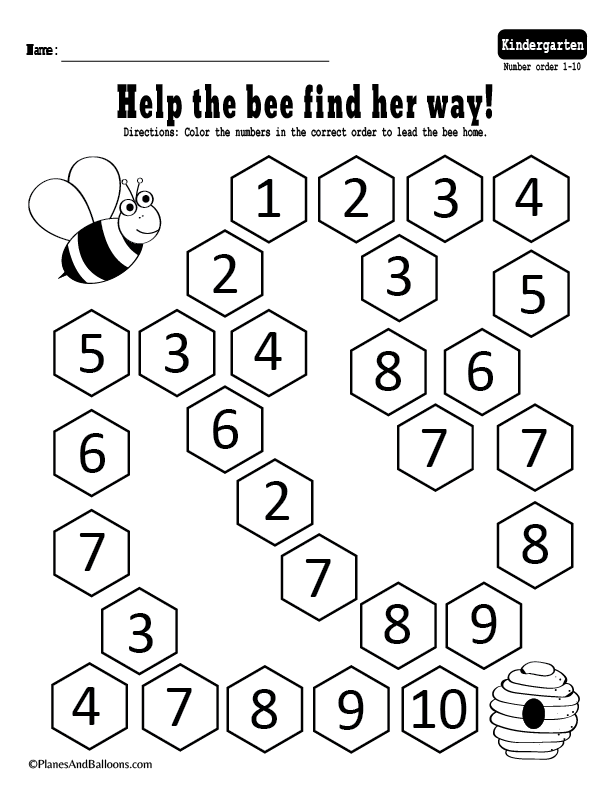
Number recognition practice with games and activities
For the first game you will need 1 die, piece of paper, pencils, 6 tokens per player and a number line from 1 to 6 for each player. One player rolls the die and places a token on that number on their number line. The other player does the same. If any player rolls a number that is already covered by the token, he skips the turn. The first one that occupies all 6 numbers wins the game. You can also use a number line from 1 to 12 for older children and roll two dice instead of one.
Match the numbered cards until you have completed the entire deck.
Take the numbered cards. Have your child turn over the first card in the deck. Then ask to turn over the next card. If its number matches the number of the first card, they must be placed side by side, if not, put aside. For this game, you can use a deck of ordinary playing cards, taking out cards with pictures.
Speed Game
You will need a deck of 10 cards for each player. You can make them yourself. Numbers must be drawn on the cards (from 1 to 10). Each player must shuffle their deck and place it face up in the pile. Then, at the command of an adult, the children should begin to sort their cards, arranging them in the correct sequence. The first player to do it right wins. But don't stop playing there. All players must finish laying out their cards. You can play this game multiple times in a row so your kids can develop better sorting and ordering strategies. You could even invite your child to play this game on their own - just keep track of the time it takes them to complete the task.
You can make them yourself. Numbers must be drawn on the cards (from 1 to 10). Each player must shuffle their deck and place it face up in the pile. Then, at the command of an adult, the children should begin to sort their cards, arranging them in the correct sequence. The first player to do it right wins. But don't stop playing there. All players must finish laying out their cards. You can play this game multiple times in a row so your kids can develop better sorting and ordering strategies. You could even invite your child to play this game on their own - just keep track of the time it takes them to complete the task.
Number line and blocks
Make a long, straight line on the floor using masking tape. Add 10 shorter horizontal pieces of ribbon evenly spaced along the line. Label each short piece of tape with a number from 1 to 10. Then ask your child to place 1 block on the line next to the “1” mark, 2 blocks on the line next to the “2” mark, etc. If your child does not recognize numeric characters, but knows the names of the numbers, try starting at 1 and have it count as they move up the number line.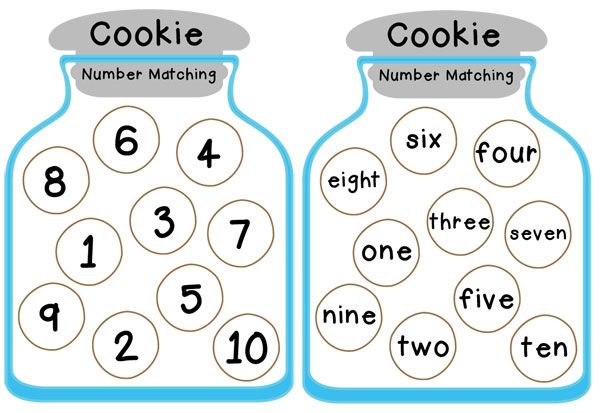 This will help the child understand, for example, that the symbol "8" corresponds to the word "eight". If you have a younger preschooler, you can start with numbers 1-5 and then work on.
This will help the child understand, for example, that the symbol "8" corresponds to the word "eight". If you have a younger preschooler, you can start with numbers 1-5 and then work on.
Tower of blocks
The essence of the game is that you need to roll a die, then build a tower of blocks using the number of points dropped. Choose a die with symbols on the side, not dots. Make this game more challenging by taking turns and adding to your tower each turn until you get to 10. For example, your child rolls a "2" and builds a 2 block tower. You roll a "4" and stack 4 blocks to create your tower. Your child throws again and gets a "6". He then counts 6 additional blocks to add to his original tower for a total of 8 blocks. Keep playing until both of your towers are 10 blocks high.
Bulls and Cows and Math Cards
Classes: 2, 3, 4, 5, 6
Keywords: math game, entertaining math, bulls cows
Bulls and cows game
Bulls and cows game - wonderful logic game that does not require special fixtures.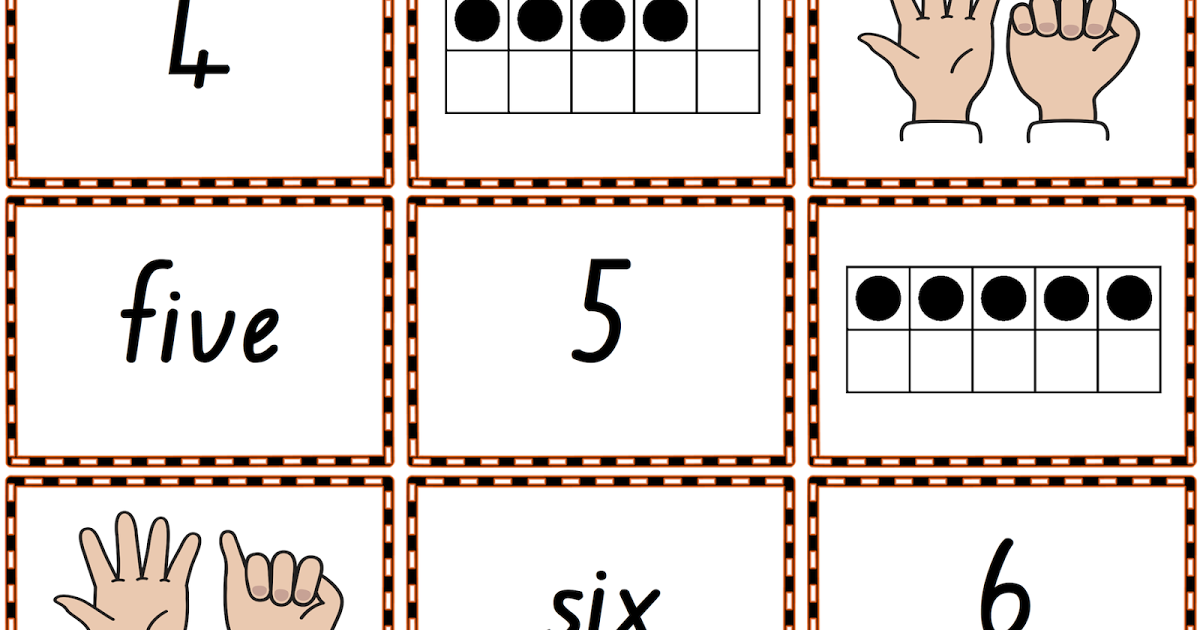 It can be played in any situations: at home, in the country, on trips and even in waiting in line.
It can be played in any situations: at home, in the country, on trips and even in waiting in line.
The game develops the ability to compare and analyze.
Two people are playing. Everyone thinks of a number out of four non-repeating numbers (zero in the game used, but cannot be in the first place).
The opponent's task is to guess the number out of 10 attempts.
Opponent calls any 4-digit number, whose numbers also do not repeat His you must write under your hidden number, to make it easier to compare numbers. At coincidence of the digits of the named number with the hidden says "BUCK". Bull means that the figure guessed and stands in the right position (for example, in conceived number, the first digit is 3 and in the named the enemy is also the first 3 - this is a bull.). Cow means that the figure is guessed, but it is not in his position. By logical reasoning and To check answers, you must guess all 4 digits numbers and their order.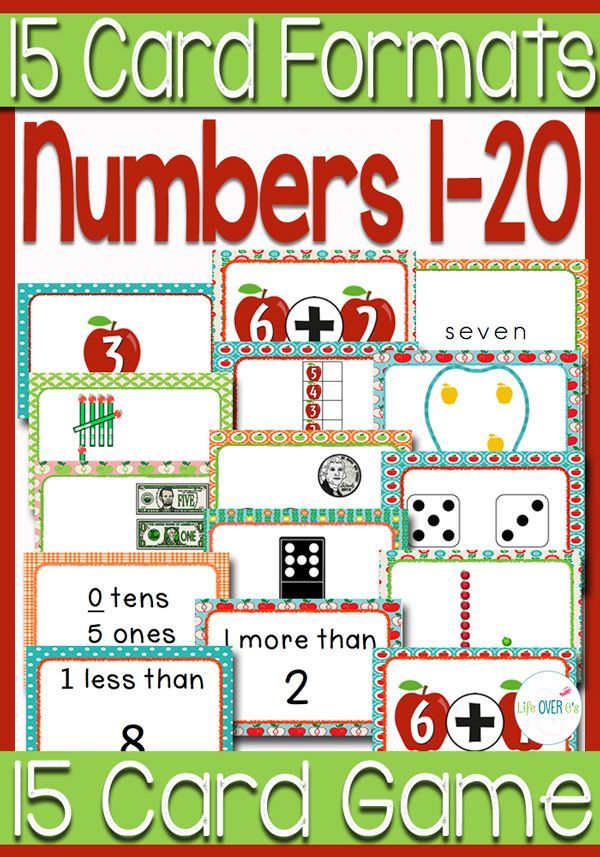 Whoever is first wins guess the opponent's number. For example, guessed 3749and the winner calls 3749.
Whoever is first wins guess the opponent's number. For example, guessed 3749and the winner calls 3749.
The number game is actually not very difficult, Since there are only 10 digits, they cannot be repeated. It can be mastered by children even 8-9 years old.
An example of the game:
3749 - a hidden number
3589 - the opponent calls - your answer - 2 bulls. (3 and 9 stand in their places)
7628 - calls the enemy - your answer - 1 cow. (only 7 is in the number, but not on its own place).
This means that 2 digits are used from the first number, and only one of the second (but which ones after the first the answer is impossible to determine). Further, calling the following numbers, you need to calculate the numbers themselves and their order.
Based on two responses, determine whether the number 8 in the hidden number is impossible - it is necessary try other numbers and compare what is the answer you get.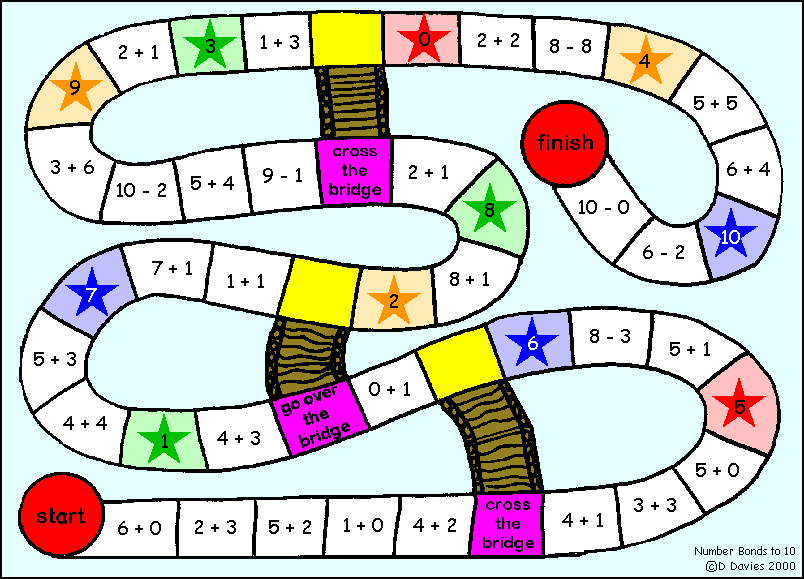 For example, 8601 - no digits in no given number. So, both in the first and in the second number, the numbers 6 and 8 can be crossed out further try numbers without those digits.
For example, 8601 - no digits in no given number. So, both in the first and in the second number, the numbers 6 and 8 can be crossed out further try numbers without those digits.
4973 - opponent calls - your answer - 4 cows (i.e. all numbers are correct, but their order is not). And here is the answer: 3 bulls 1 cow be not maybe, because if three digits stand their ground place, then the fourth one too.
Bulls and cows game with words
After mastering the game with numbers, it becomes more interesting go to the word game.
There are a lot of 4-letter words in Russian (we always play meaningful words). A combination of letters can be very different: and 3 consonants 1 vowel, and 2 to 2, and 1 to 3. Not used solid only sign and words like MAMA, HEADLIGHT , FRAME, WINDOW, CAKE etc., where 2 letters are the same. Game principle remains the same: the letter in its place is bull , the letter is in the word, but not in its place - cow .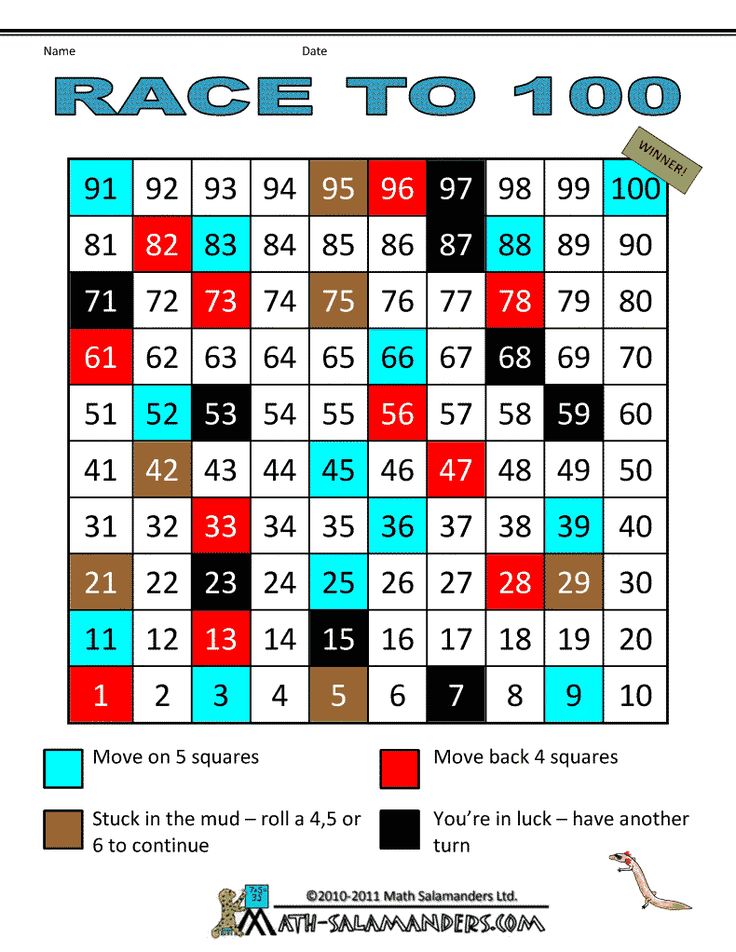
You can play on any piece of paper, it's good even half a leaf or written on one side, but makes you compare and think logically, so how to change all the time and analysis – where are the bull and what is it? For example, the enemy can guess and pond, and rod , and port - and replacing even one letter leads already to a new word, and sometimes the same letters may be in a different order - and there will be two different words, for example, summer and body . On my own a leaflet on the side for a hint is convenient to write out alphabet and check different substitution options letters ( shadow, day, stump, laziness ..... )
Game examples:
* * * *
- arm – 1 to
- elephant - empty (no letter)
- mushroom – 3 b
- hump – 1 b 1 k
- beads - empty
- makeup – 3 b
- neck - the word is guessed.

* * * *
- moon – 1 b
- sea – 1 to
- corner – 1 to
- port – 1 to
- burrow – 1 to
- chair – 1 to
- laziness - empty
- storm – 1 b 2 k
- arm – 1 b 1 k
- log house – 3 to
- fur coat - 2 b
- bison - the word is guessed.
Math cards
The game allows you to practice mental counting and multiplication table. Recommended for students elementary school.
They are done like this: two sets of numbers from 1 are taken up to 24 (for numbers it is convenient to use the old Wall calendar).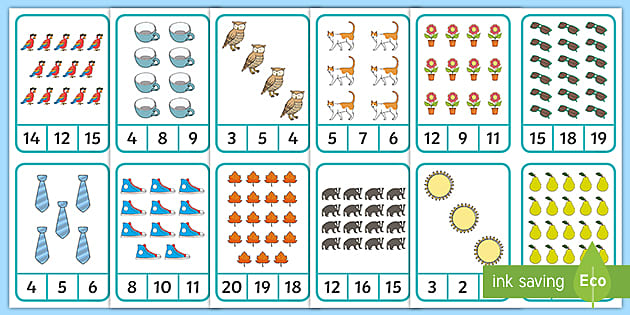 There are 48 cards in total. On each map (base - cardboard) one number is made in two opposite corners, so that the one who sits on the contrary, it was convenient to look at the same number (see picture).
There are 48 cards in total. On each map (base - cardboard) one number is made in two opposite corners, so that the one who sits on the contrary, it was convenient to look at the same number (see picture).
Rules : Each player is given 4 cards. The beginner is given the fifth card. From of his 5 cards, he chooses one, which he gives to a neighbor as a task.
The principle of the game is as follows : a player from his own 4 cards, that is, numbers, using any math operations: +, - , *, : (addition, subtraction, multiplication, division) and putting numbers into any(!) order, should get a response that gave him a neighbor. Those numbers-cards that he at the same time used together with the answer, the player takes like a bribe. And at the end of the game everyone thinks how many cards he has in his pile. This game Designed for practicing oral counting simple division and multiplication (all options up to 24).
For example: the first player got the cards: 17, 4, 8, 9 .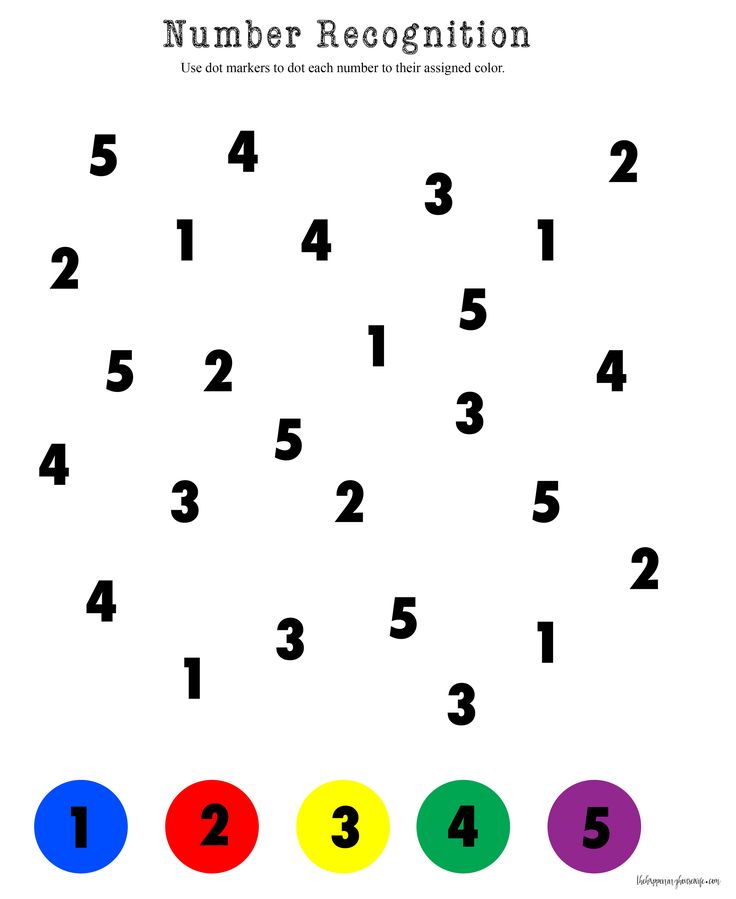 And as a task they gave to do 10 or 16 .
And as a task they gave to do 10 or 16 .
- number 10 is obtained very easily: 8:4+17-9=10;
- the number 16 is more difficult to make: (17-9)*(8:4)=16.
And if you "play" with these numbers, you can get another set of answers: 12, 14, 13, 23, 6, 4, 20... For example, 12 = 17 - 4 - (9- eight). 14 \u003d 17 - 4 + (9 - 8) .
The advantage of the game is that sequence of numbers and math action is not fixed like in the tutorial mathematics, and the player himself must determine them, shifting the cards in any order , and also the fact that the game is open and all the players also “puzzle their brains” to decide this example.
If brackets are used when writing an example, then verbally, you can not say anything about them, just call the actions in the right order: for 16 (from the example above): first from 17 I subtract 9 , it turns out 8 ; 8 divided by 4 , and 8 multiply by 2 .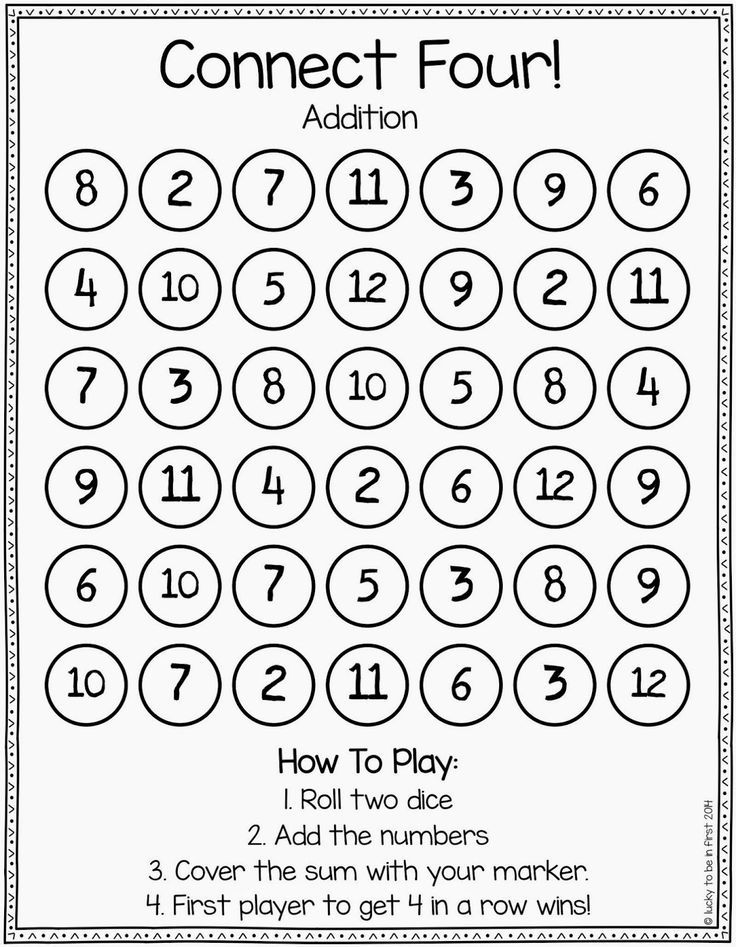

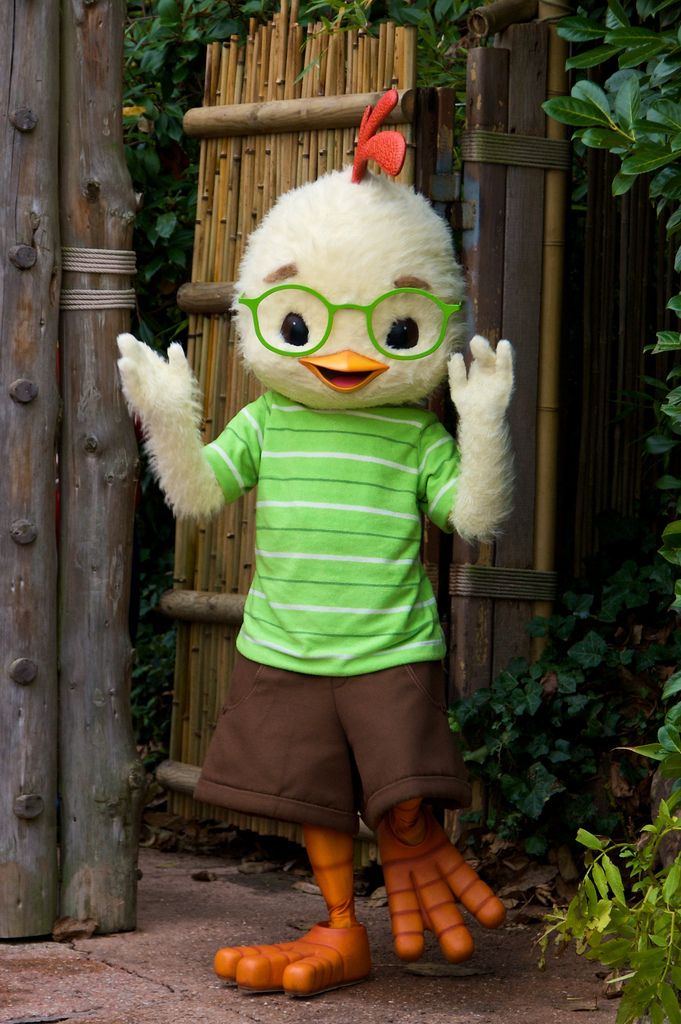

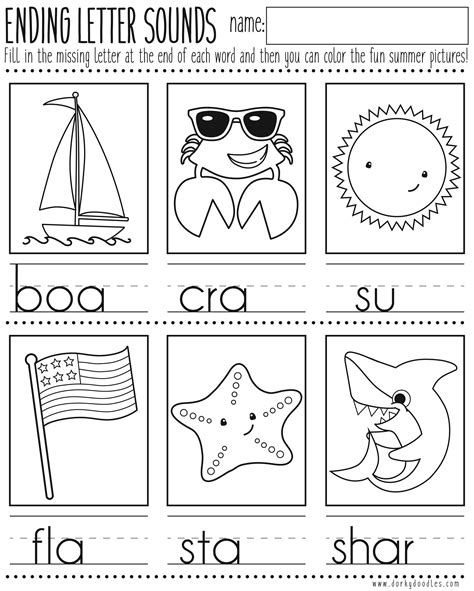
.jpg)
